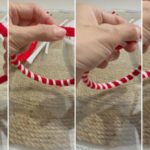Depending on the purpose of the job and usage needs, each person will have different ways of using and choosing a type of glue. Many people wonder, “What is candle glue? What is glue 502?” To learn more about the different types of glue and make an informed choice, read on.
1 What is Candle Glue?
 What is Candle Glue
What is Candle Glue
Candle glue, also known as hot melt adhesive, is a type of adhesive that resembles a candle in appearance. It is made primarily from silicone resin and has a melting point above 70 degrees Celsius. This makes it highly adhesive without damaging the surface being glued.
Types of Candle Glue on the Market
White Candle Glue:
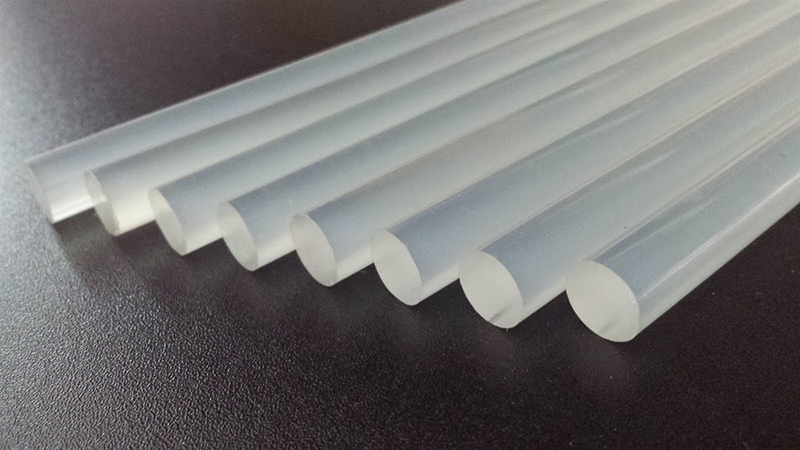 White Candle Glue
White Candle Glue
This is a common type of glue found in the market, measuring approximately 11.2 x 300mm. It can be further categorized into opaque white and milky white candle glue. The latter is of higher quality and is often used for exporting products overseas.
Yellow Candle Glue:
 Yellow Candle Glue
Yellow Candle Glue
Yellow candle glue is known for its high quality, strong adhesion, and quick-drying properties. Due to these characteristics, it is commonly used in the construction industry. It has a similar size to white candle glue, but it is important to work quickly with this type of glue to prevent it from dripping.
Purple Candle Glue
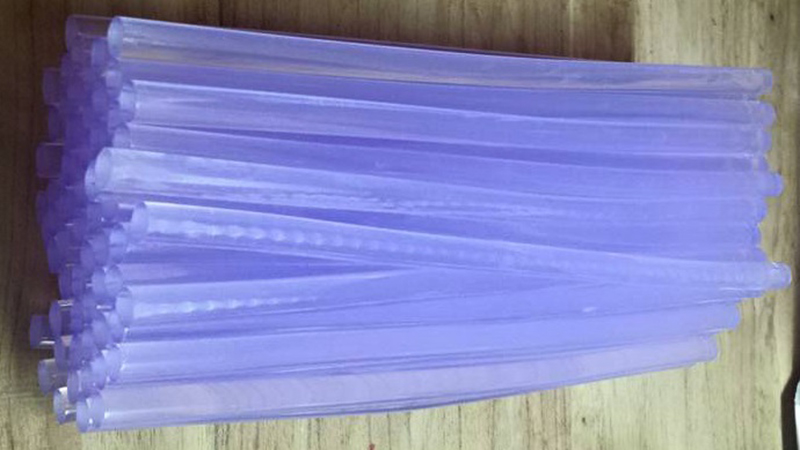 Purple Candle Glue
Purple Candle Glue
This type of candle glue stands out with its distinctive purple color and is often used in businesses as it offers both cost-effectiveness and quality.
Granular Candle Glue
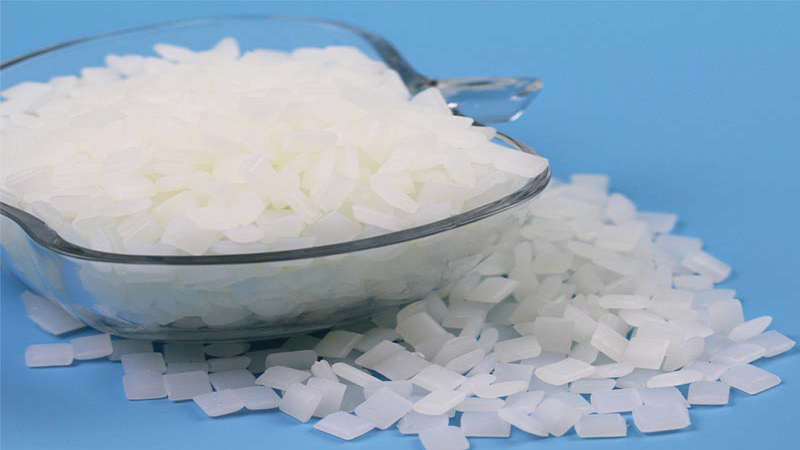 Granular Candle Glue
Granular Candle Glue
This type of glue is typically used with a glue gun and is suitable for gluing materials such as PE, UV, and carton paper.
Applications of Candle Glue in Daily Life
Candle glue is commonly used to bond toys, plastic items, and other objects around the house. Additionally, it can help reduce slipperiness when applied to shoe soles, and it is useful for joining electrical wires, among other applications.
2 What is Glue 502?
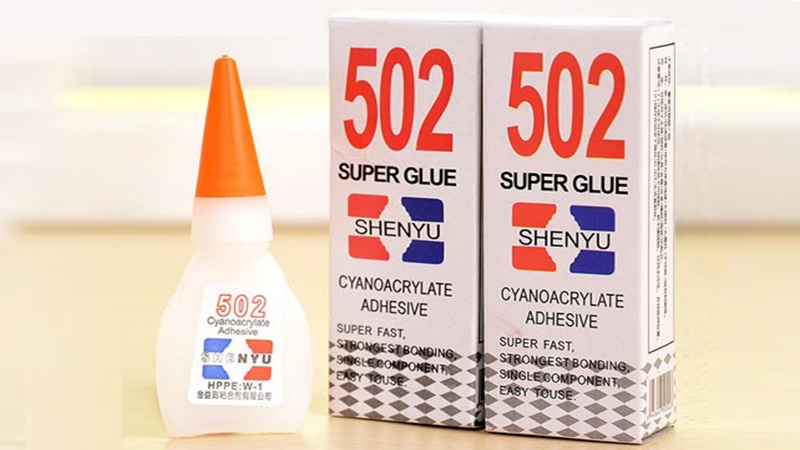 What is Glue 502
What is Glue 502
Glue 502 is characterized by its quick-drying property when exposed to the open air, strong adhesion, and aesthetic appeal. Its main components include Methylene Chloride, Ethyl Acetate, and Toluene.
Applications of Glue 502 in Daily Life
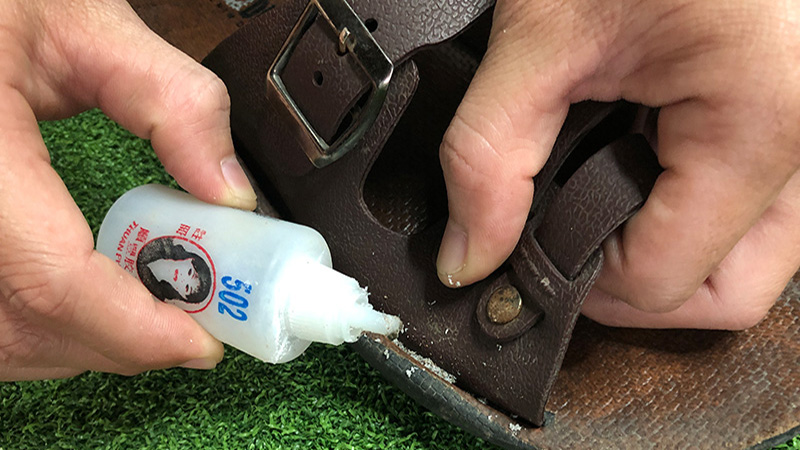 Glue with High Adhesion and Aesthetic Appeal
Glue with High Adhesion and Aesthetic Appeal
This versatile glue can be used on almost any surface, making it a popular choice in households, manufacturing plants, and businesses due to its low cost and high quality.
What to Do If You Get Glue 502 on Your Skin
It is inevitable to get glue on your hands or other objects during use, which can be annoying and unsightly. If you accidentally get Glue 502 on your skin, check out our tips on how to remove it!
3 Should You Use a Candle Glue Gun or Glue 502?
Candle Glue
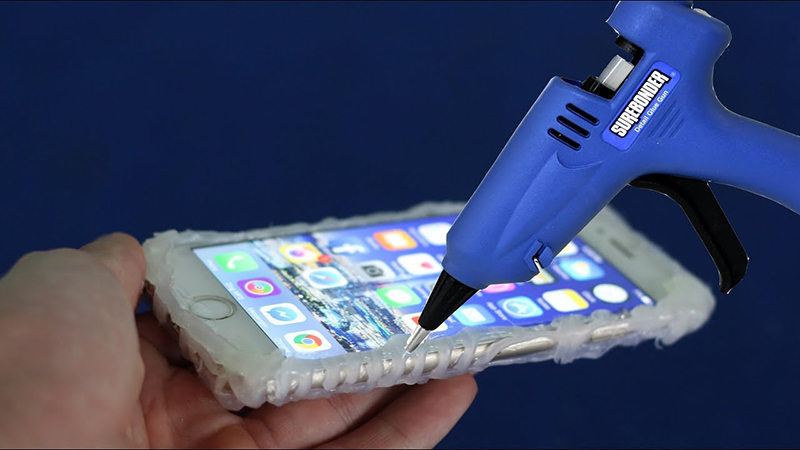 Advantages and Disadvantages of Candle Glue
Advantages and Disadvantages of Candle Glue
Advantages
- Easy to use and remove when no longer needed
- Can be used on any surface
- Inexpensive
Disadvantages
- Can cause burns due to its high melting point; therefore, it is recommended to use it with a glue gun for safety.
- As a result, candle glue is typically used in businesses, manufacturing facilities, or for products requiring high adhesion.
Glue 502
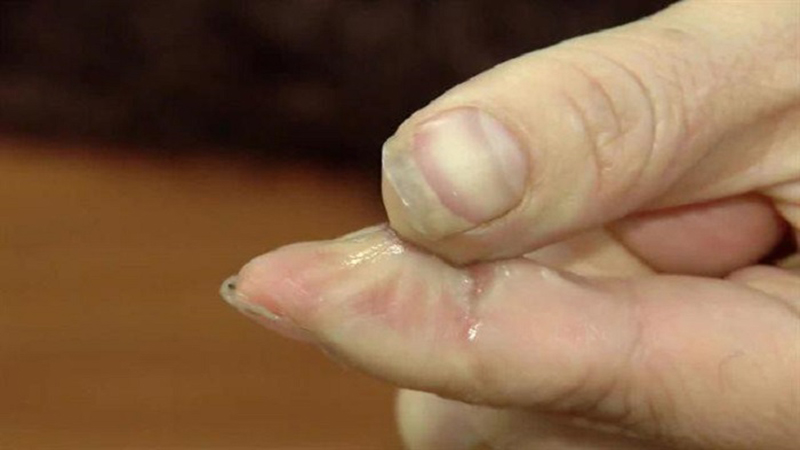 Advantages and Disadvantages of Glue 502
Advantages and Disadvantages of Glue 502
Advantages
- Quick-drying
- Can be used on any surface
- Inexpensive
Disadvantages
- The components of Glue 502 can be harmful to your health, particularly your eyesight and hearing, if exposed for prolonged periods.
- Glue 502 is commonly used in households, for individual items, and for short-term adhesion needs.
- The choice between candle glue and Glue 502 depends on your specific needs and purposes. However, it is important to follow safety guidelines to protect your health when using any type of adhesive.
We have provided you with information about candle glue and Glue 502, each with its unique features. The decision to use candle glue or Glue 502 depends on your individual needs. Stay tuned for more useful information and updates!
You may also like

























